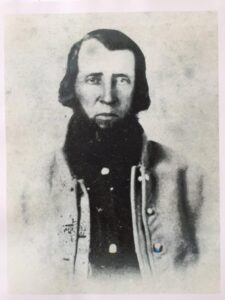Tag: Battle of Gettysburg
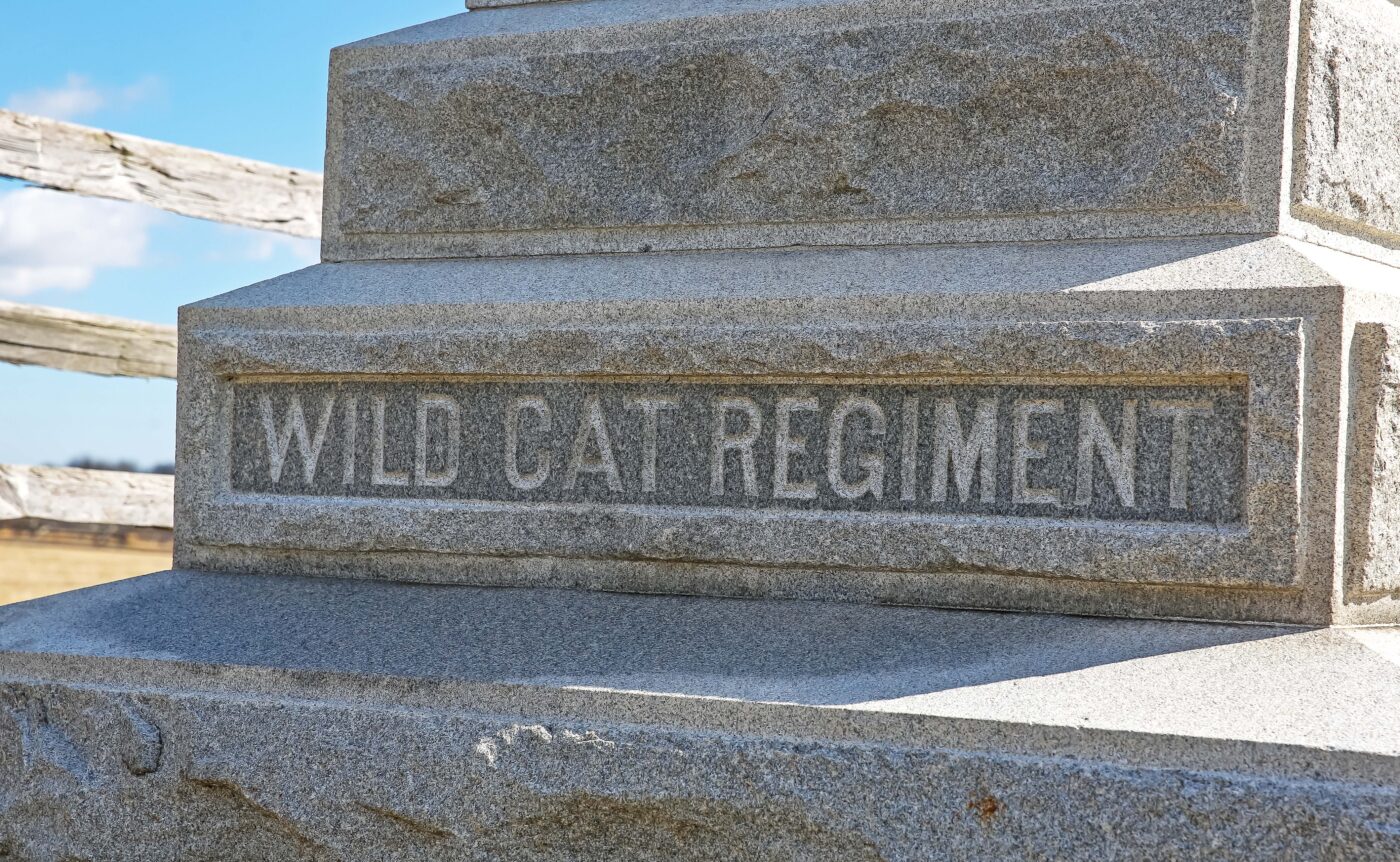
Pennsylvanian Wild Cats at Gettysburg
March 15, 2023During the Civil War, many different brigades and regiments had unique names. Some of the more famous ones we often hear about in association with Gettysburg are The Iron Brigade and the Louisiana Tigers. But one particular regiment that fought at Gettysburg was given a nickname that not only sounds cool but which also has an interesting origin behind it.
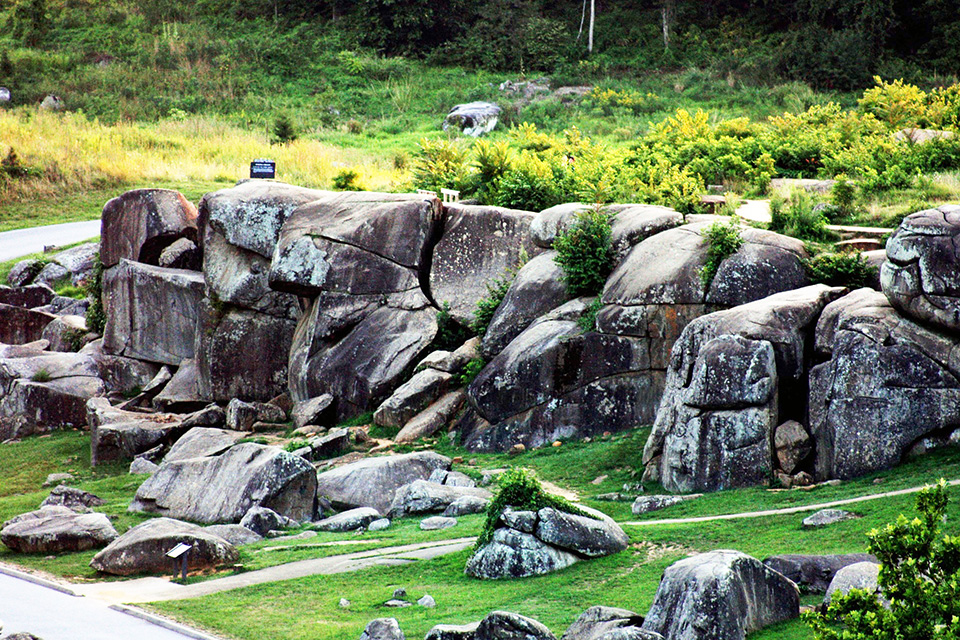
The Devil’s Den: Exploring the Key to Little Round Top
January 28, 2023One of the most famous battlefield locations at Gettysburg is Devil’s Den, a boulder-strewn hill rock formation located on the southmost end of Houck’s Ridge, about 500 yards west of the hill known as Little Round Top. Used extensively as a firing position by artillery and sharpshooters on the second day of the Battle of Gettysburg, it was the scene of some of the bloodiest fighting of the war and is an important stop on battlefield tours of the area.
President Nixon’s Intriguing Connection To Gettysburg
January 23, 2023
If you ever find yourself walking through The Soldiers National Cemetery here in Gettysburg and visit the Ohio section row C, grave number #4 you will find a marker that bears a last name that will be very familiar to most people. That name is “Nixon”— specifically George Nixon, who it just so happens was the Great Grandfather of Richard Nixon, the 37th President of the United States.

The High-Water Mark: Revisiting a Pivotal Moment of the Battle of Gettysburg
July 19, 2022What is the High-Water Mark?
The High-Water Mark of the Confederacy or “high tide of the Confederacy” refers to an area on Cemetery Ridge near Gettysburg, Pennsylvania, marking the farthest point reached by Confederate forces during the action known as Pickett’s Charge on July 3, 1863. Like a high-water mark denoting a level of water, the term is a reference to arguably the Confederate Army’s best chance of achieving victory in the war. The designation “High-Water Mark” was formally evoked by historians in the years following the Civil War, based on the idea that the battle of Gettysburg was the turning point of the war.
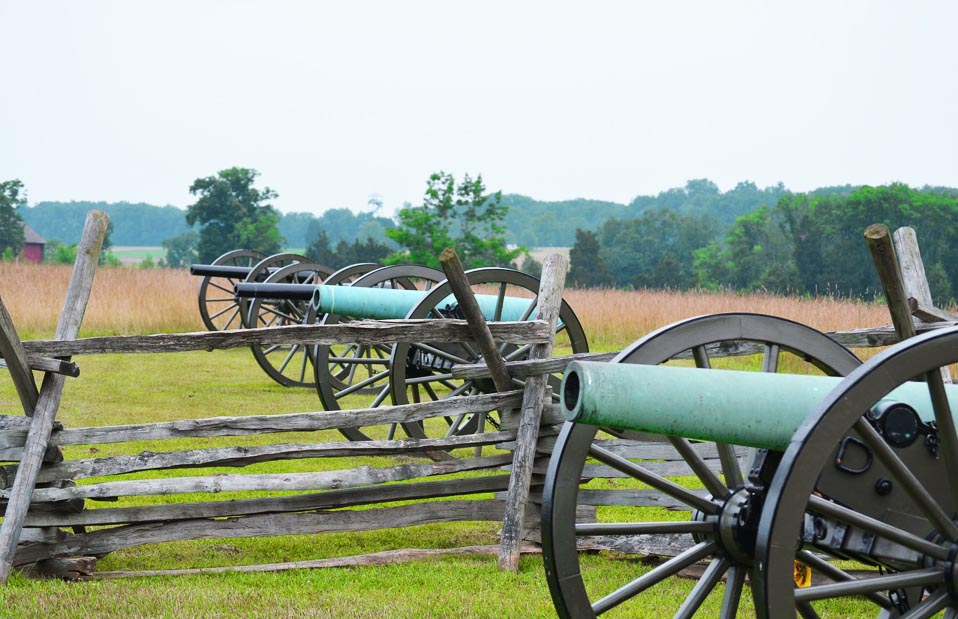
What are the Must-See Sights of the Gettysburg Battlefield?
June 23, 2022The Gettysburg Battlefield is one of the most popular tourist destinations in Pennsylvania. For three days in 1863, Union and Confederate forces met here on the hills, fields, and wooded landscape of central Pennsylvania in what would become the most famous battle of the American Civil War.
The 6,000-acre battlefield has since been preserved as a tribute to those who fought that day and boasts more than 1,300 monuments, markers, and memorials to tell their story. The modern battlefield and much of the nearby town still look very much like they did in 1863. Today the area remains a living monument to the struggle and strife of our American Civil War.
Where Did the Iron Brigade Fight at Gettysburg?
May 31, 2022Though destined for fame as one of the most respected and feared forces in the Army of the Potomac, the Iron Brigade came from humble roots. The all-Western infantry brigade was primarily comprised of five colorfully named regiments: the Calico (6th Wisconsin), the Huckleberries (7th Wisconsin), the Babies (19th Indiana), the Feather-beds (24th Michigan), and the Ragged Asstetical (2nd Wisconsin), which won its not-so-fierce nom de guerre, said the veteran Aubrey Cullen, “from the fact that the government contractors had run short of good material when they made the pantaloons … allowing their flag of truce always to be kept in their rear.”
What are Iverson’s Pits?
April 29, 2022On the Gettysburg battlefield, in the shadow of the Oak Ridge Observation Tower just off Doubleday Avenue and not far from the junction between Confederate Avenue and the Mummasberg road, there is an open field of nondescript farmland bordered on one side by a low stone wall. This property, part of the John Forney farm on the eve of the famous battle, would sadly be the site of one of the most brutal and ignominious episodes of the Civil War.
This otherwise nondescript patch of grass on Oak Ridge is where the unsuspecting men of a hapless North Carolina Brigade would meet a horrific fate, and the events of that tragic day would earn that lonely patch of ground a share of infamy that echoes through the years to the present day.
Modern-day visitors to the Gettysburg Battlefield can experience the site firsthand and walk the hallowed field widely famed as a supernatural hot spot.
Where was the Gettysburg Address Given? Join History Fans in Commemoration
August 3, 2021In November 1863, President Abraham Lincoln delivered his famous speech to honor the men who had fought and died in the Battle of Gettysburg to preserve the Union.
His Gettysburg Address was given on Cemetery Hill in the National Soldier Cemetery in Gettysburg, Pennsylvania. It was a short, yet powerful speech invoking the message of equality for all.
Yet the very spot where he stood may surprise those who tour Gettysburg Battlefields. Read on to learn some fascinating facts about that special day, and for information about a special event to commemorate it: Dedication Day 2021.
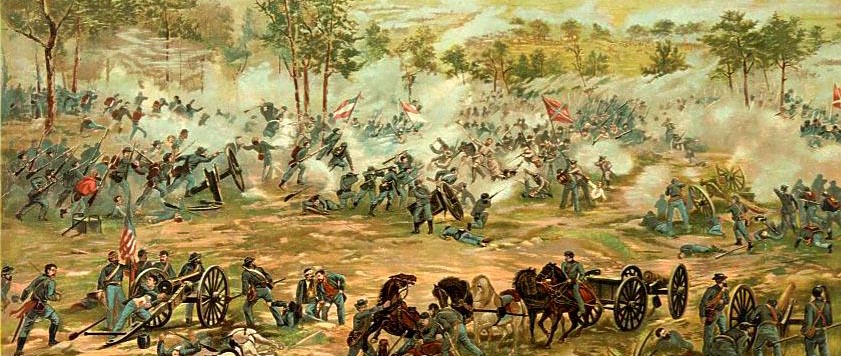
4 Facts You May Not Know About the Battle of Gettysburg
February 27, 2020At Gettysburg Battlefield Tours, our claim to fame is knowing all about the Battle of Gettysburg (obviously). However, there are lots of little details about the famed battle that many people don’t know.
Today, we want to spill some lesser-known facts about the Battle of Gettysburg, and maybe give a few interesting facts you did know, but a bit more in-depth. After all, there’s always more to learn about the Battle of Gettysburg!
Lesser Known Civil War Celebrities – Mathew Brady
May 22, 2017 One of our favorite things to do with our social media pages is to scroll through the dozens of photos guests share when they visit Gettysburg. Some of the views guests capture from atop one of our double decker tour buses are incredible, and even after all these years we still find ourselves amazed by each unique photo that our visitors capture.
One of our favorite things to do with our social media pages is to scroll through the dozens of photos guests share when they visit Gettysburg. Some of the views guests capture from atop one of our double decker tour buses are incredible, and even after all these years we still find ourselves amazed by each unique photo that our visitors capture.
Thanks to the father of photojournalism Mathew Brady’s own vision, and the photographs he commissioned, we’re also able to appreciate the realness of the carnage from the Civil War, the people involved, and other images of the time.
Mathew Brady was born in 1822, although the exact location of his birth remains uncertain. It was most likely he was born in Warren County, New York, although census records and his own account claim he was born in Ireland.
In his late teens, Brady met up with portrait painter William Page and Page’s former teacher Samuel F. B. Morse. Better known for inventing the telegraph and developing Morse Code, Morse was a professor at New York University who taught art, painting, and design, and he took Brady under his wings. Here, Brady learned Morse’s process of creating a mirror image on a silver-surfaced copper plate, a process known as daguerreotype and named after Frenchman Louis Daguerre.
Using his new training, Brady eventually moved on and opened his own studio in New York City, where he photographed many famous people, including Andrew Jackson and John Quincy Adams, and collected numerous awards for his work.
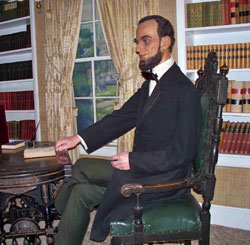 As the Civil War broke out, due to his connections Brady reached out to President Lincoln for permission to travel to battle sites to document the war. Financed with his own funds, Brady hired a staff of photographers to help capture the essence of the war. He supervised and organized all activities of his team, and many of the photos from this time, including the First Battle of Bull Run, Antietam, and the Battle of Gettysburg, were thanks to his and his team’s efforts.
As the Civil War broke out, due to his connections Brady reached out to President Lincoln for permission to travel to battle sites to document the war. Financed with his own funds, Brady hired a staff of photographers to help capture the essence of the war. He supervised and organized all activities of his team, and many of the photos from this time, including the First Battle of Bull Run, Antietam, and the Battle of Gettysburg, were thanks to his and his team’s efforts.
One obvious challenge for Civil War photographers was that the battles weren’t scheduled, so the photographers couldn’t plan to be present when the fighting started, and getting to a distant site would usually take longer than the fighting would last. Brady did come to Gettysburg, but not until about 2 weeks after the battle.
Unfortunately, the cost of his Civil War project quickly drove Brady into debt, and the public’s interest in the collection was dim due to the harsh realities of war and the population’s lack of interest in reliving the hell their fellow men and their families went through. Brady had expected the government to buy the photographic plates that he had created, and when the government declined to do so, he had to sell his New York studio and go into bankruptcy.
Mathew Brady died in a charity ward in 1896, but without his contributions we would be missing some of the most iconic imagery of the times. The truth is, you likely are in possession of some of Brady’s work at this exact moment. If you have a penny and/or five dollar bill, one of Brady’s photographs of Lincoln was used for these bills!

